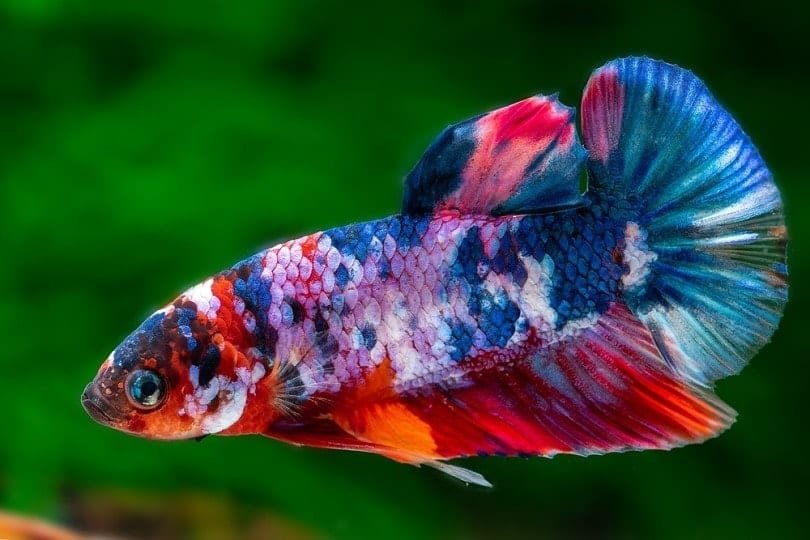If you have ever had freshwater fish as pets, you must be familiar with Betta fish. These fish are known for their beautiful fins and vibrant colors, with male Bettas being particularly striking and can serve as a stunning centerpiece in your space with proper care. While there are many fascinating facts about Bettas that are not commonly known, continue reading to discover some of the most intriguing facts about these fish.
The 12 Amazing Facts About Betta Fish
1. They Have a Labyrinth Organ
Betta fish possess a specialized organ called the labyrinth organ, which enables them to breathe air. While their primary method of breathing is through their gills, the labyrinth organ allows them to survive out of water for extended periods.
Studies have suggested that adult fish with a labyrinth organ may benefit from breathing air to obtain oxygen. Although it is not recommended to intentionally expose your Betta to low-oxygen environments, you may observe your Betta periodically going to the water surface to take in a gulp of air.

2. Males are Nest Builders
In the animal kingdom, male involvement in reproduction and caring for offspring varies. Male Bettas are known to create bubble nests at the top of their tanks. These nests serve as part of the courtship ritual, where the male entices a female to breed with him.
After breeding, the male Betta collects and safeguards the fertilized eggs in the bubble nest. The eggs hatch within 24-36 hours, and the male diligently protects them, even preventing the female from approaching the nest to avoid egg consumption.
Once the fry hatch, they remain in the nest for a few days to absorb nutrients from their egg sacs before venturing out under the male Betta’s watchful eye.
3. They Earned Their Fighting Fish Name
Betta fish are sometimes referred to as “fighting fish” or “Siamese fighting fish” due to the territorial and aggressive nature of male Bettas, especially when defending their territory. Their high level of aggression, particularly towards other male Bettas, led to their association with cruel animal fighting sports.
In the past, Betta fish were used in fish fights similar to cockfighting and dogfighting. These fish were selectively bred for their appearance and aggression. Although selective breeding has resulted in the stunning Betta fish we see today, fish fighting is now illegal in many regions.
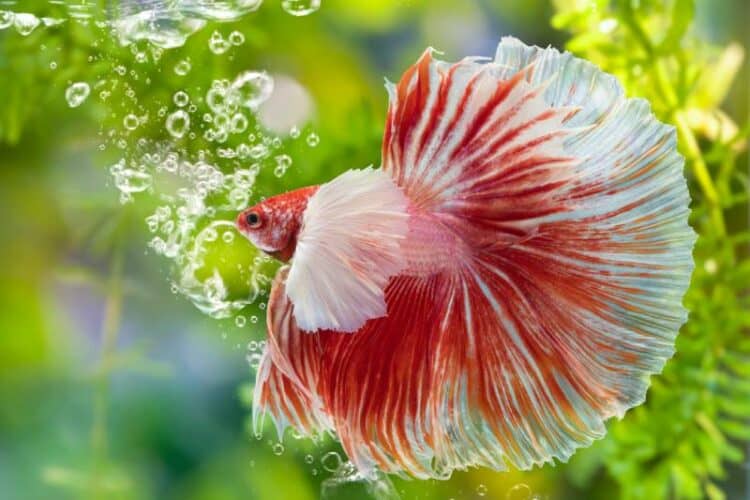
4. There are Over 60 Betta Species
The Betta species commonly kept as pets in the fishkeeping hobby is the Betta splendens. However, there are approximately 65 Betta species worldwide. Some of these species are endangered or experiencing declining populations, including the wild Betta splendens. Other Betta species include the Mekong fighting fish, the Java fighting fish, and the Spotted Betta.
5. They Can Hybridize
While there are numerous Betta species, some can interbreed, resulting in hybridization. At least three Betta species have been hybridized with Betta splendens, such as Betta smaragdina. However, these hybrids often have lower life expectancies. It is likely that various Betta hybrids exist in the wild, with some occurring through deliberate breeding in captivity.
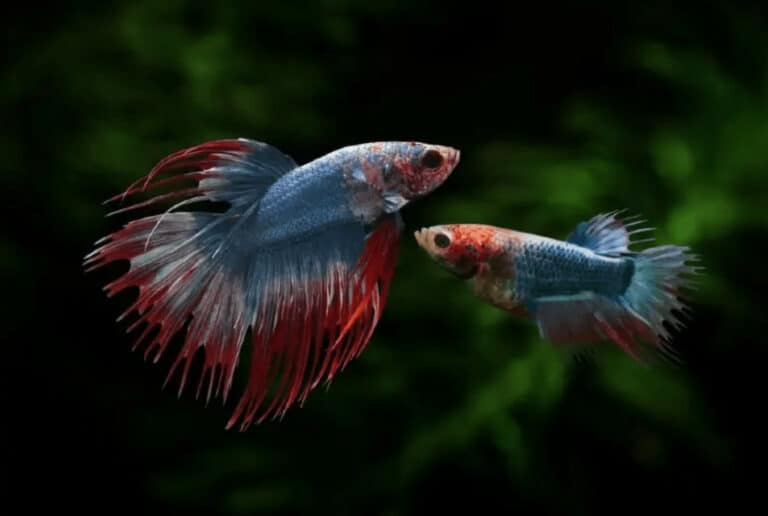
6. There are Multiple Colors and Tail Shapes
Aside from the various Betta species worldwide, there are numerous varieties of Betta splendens. Betta fish come in a wide range of colors, including red, blue, white, orange, gold, yellow, black, purple, and silver, as well as multicolor variations and different tail shapes.
Different colors and tail shapes are used to distinguish between Betta varieties, such as Delta, Veil Tail, Spade Tail, Halfmoon, Crowntail, Combtail, Rose Tail, Plakat, and Halfmoon Plakat. The Plakat Betta closely resembles wild Betta fish due to its shorter tail.
7. They’re Carnivores
Contrary to popular belief, Bettas are carnivorous fish and require a diet high in protein with minimal plant matter. While many fishkeepers feed their Bettas the same foods as other fish, these diets are often inadequate for true carnivores like Bettas. In the wild, Bettas primarily feed on insects, insect larvae, worms, small crustaceans, and aquatic invertebrates.
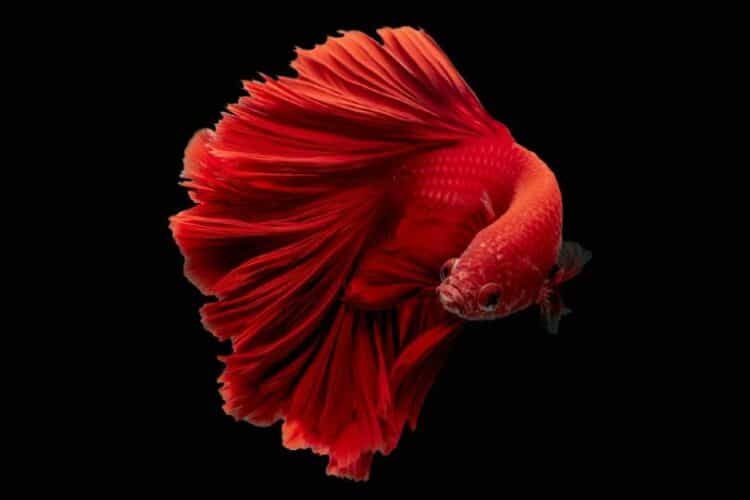
8. Red and Blue Males Have Differences
Research suggests that there may be differences between red and blue male Bettas. Studies have shown that female Bettas tend to prefer red males over blue males, while blue males exhibit higher levels of aggression. The combination of brighter coloration and lower aggression levels in red males may make them more attractive to females than their blue counterparts.
9. Wild and Domestic Bettas Look Different
Wild Bettas differ significantly in appearance from domestic Bettas. Wild Bettas have duller colors and shorter fins, resembling Plakat Bettas. While Plakats retain some bright colors, wild Bettas typically display vivid colors only when threatened or aggressive. The vibrant appearance of domestic Bettas is the result of centuries of selective breeding.

10. Females Can Live in Groups
Unlike male Bettas, which are aggressive and territorial, female Bettas are less aggressive and can coexist in groups or sororities consisting solely of females. Female Bettas can sometimes thrive in community tanks, whereas it is generally not advisable to keep a single male Betta with tankmates due to their aggressive nature.
11. They’re Intelligent
While fish are often perceived as less intelligent than mammals, Bettas have displayed remarkable intelligence not commonly seen in fish species. They can recognize patterns, including faces, and identify specific individuals, such as their caretakers. Bettas are trainable and can learn simple tricks, making them fascinating pets to interact with.
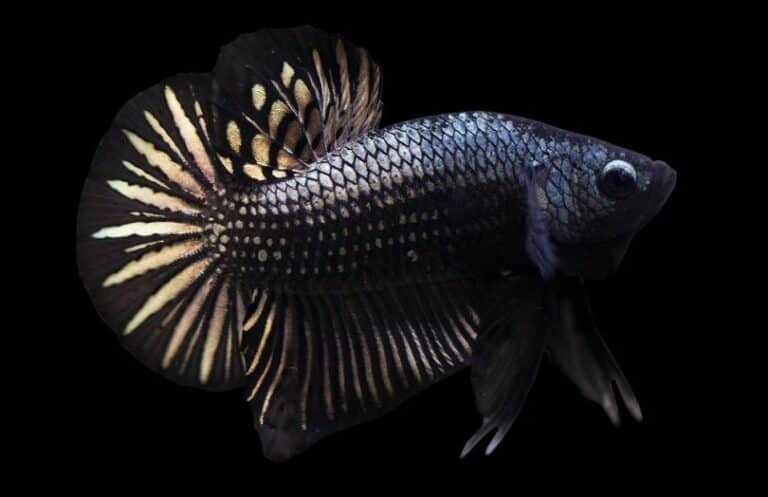
12. They’re Native to Southeast Asia
Although Betta fish have been mistakenly associated with China or Japan, they are actually native to Southeast Asia, including countries like Thailand, Cambodia, Vietnam, and Laos. In 2019, Thailand declared the Betta splendens as their national aquatic animal. Bettas are commonly found in Thailand’s Chao Phraya River, adapting to various habitats from puddles to rice paddies.
Final Thoughts
Betta fish are fascinating creatures with unique characteristics, such as their intelligence and adaptability. Whether you are a novice or experienced fishkeeper, Betta fish can make wonderful pets when provided with proper care. Before bringing a Betta home, it is essential to understand their specific needs to ensure they thrive in their environment.
Featured Image Credit: Ron Kuenitz, Shutterstock

